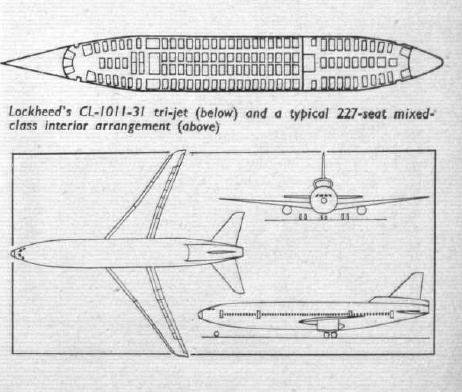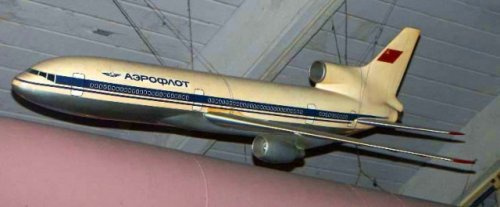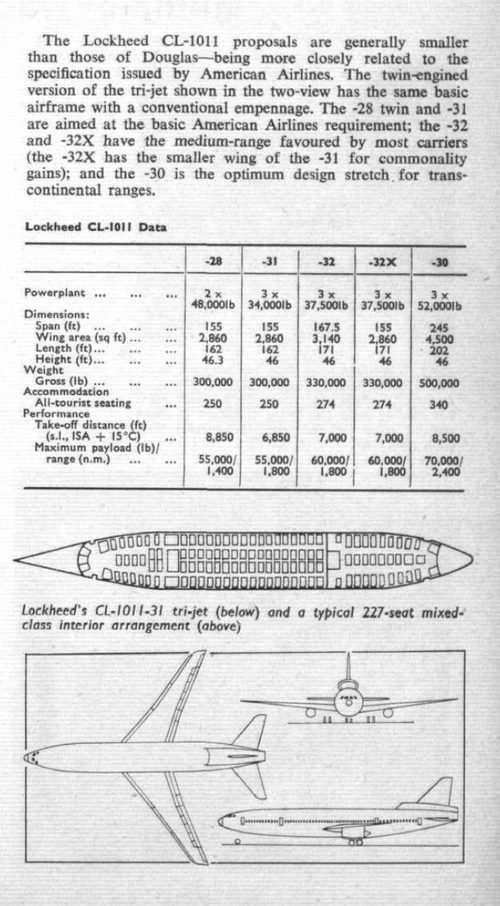As the IL-86 was going nowhere, the Soviets, in a rather landmark move reached out to American manufacturers. McDonnell Douglas balked. However, Lockheed, suffering from their own engine issues and always a company interested in earning political capital, decided to send an L-1011 to Moscow in March of 1974.
In what, at the time, must have come as a surprise, the Soviets decided to order 30 L-1011s. They also wanted to build up to 100 per year domestically. It would have been a landmark order in monetary terms, and probably changed some of the dynamics of the Cold War. But we can’t have that now, can we?
President Carter had the DOD and Department of Commerce investigate any potential ITARS issues. Naturally, there was a tangential one. The RB-211 engine used composite fan-blades. The Soviets had no industrial process for that, nor did they ever consider it a wise idea (something Rolls Royce probably wished they had decided). The deal, as if by design, fell apart.
If that was not enough, the Department of Commerce also blocked the sale of General Electric CF-6-50 engines. The Soviets had planned to use this engine in their own indigenous wide-body projects. The Soviet high-bypass engine solutions were running behind schedule, and the L-1011 deal would have allowed them the necessary time to properly develop an iteration of the IL-86, probably CF-6 powered. When Soviet engines of the same thrust class were ready, there would be indigenously-powered versions only.
Strangely, if the deal had gone through, the Soviet Union (then Russia and the former Republics) would actually have not only been the largest operator of the L-1011, but also would have built far more than the parent designer.



